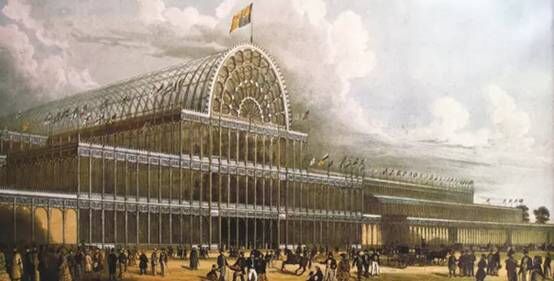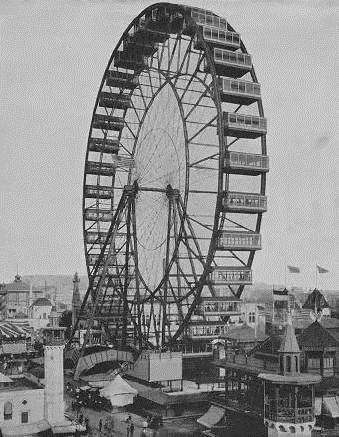There are three scenes that are said to be the most beautiful in the world: a galloping horse, a sailing ship, and a waltzing lady. Tomorrow will be the annual Valentine’s Day. After enjoying a candlelit dinner with your loved ones, what a lovely and romantic night it would be if you could dance in the moonlight along with the beautiful tune of The Blue Danube!
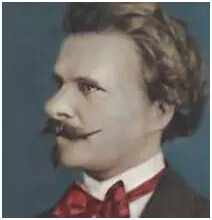

01
The Strauss Family
The Strauss Familydeeply rooted in waltz started out in Vienna, a city immersed in dance and music. The composer of the Blue Danube was Johann Strauss Jr., who was born into this noble family in 1825. His father Johann Strauss Sr. was also a famous composer, known as the “father of the waltz”. It is fair to say that Johann Strauss Sr. popularized the waltz, and Johann Strauss Jr. turned the waltz into a representative genre of the classical music. Johann Strauss Sr. made a lot of efforts to introduce the waltz into the classical repertoire but failed. Johann Strauss Jr. realized his father’s music dream, as the Blue Danube composed by him is undoubtedly one of the most beautiful music pieces in the world.


Johann Strauss Sr. known as the “Father of the Waltz”
Johann Jr. made his debut in 1844, where he performed 4 waltzes composed by himself as the composer and the conductor. The audience was instantly affected by his beautiful and smooth melody and realized that a new great composer had emerged in Vienna. Johann Jr. composed over 400 waltzes, over 100 polkas and other types of dance music in his lifetime and wrote 16 operettas, but the waltz was still his favorite. That’s why he was known as “the Waltz King”.
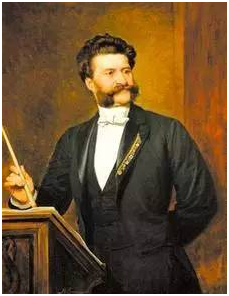

Johann Strauss Jr. known as “The Waltz King” became world-famous with the Blue Danube during the International Exposition of 1867
The Story behind the Blue Danube
In 1867, the Vienna Men’s Choral Association urgently needed a piece of choral dance music for their performance. So Johann Herbeck, the choirmaster of the Association approached Johann Jr. and commissioned him to write a choral waltz. When Johann Herbeck suggested him to write a waltz with the theme of the Danube, a beautiful picture immediately appeared in his mind, because he had been sailing on the Danube and strolling on its banks for numerous times. The running water, the picturesque landscape, the simple dancing of the villagers and the amazing legends often fascinated him.


The beautiful Danube
Johann Jr. wrote the Blue Danube waltz, but the Danube is never blue, not even for a single day within a year. Actually the title of the Blue Danube was taken from a line repeated at the end of each stanza in a poem by the poet Karl Beck: “I beheld thee rich in sorrow, graceful in the bloom of youth, where, like gold within the mountain, in the heart lies faith and truth, on the Danube, on the Danube, bright and blue.”
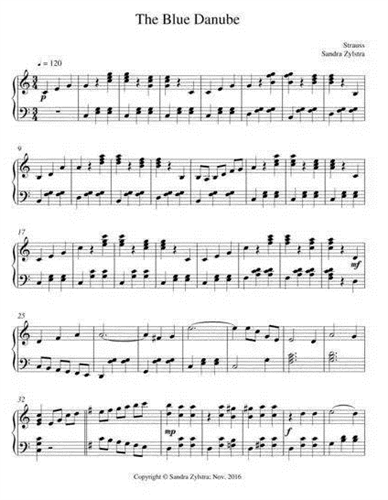

Sheet music of the Blue Danube
It’s said that Johann Jr. didn’t go home that night when he composed this piece. Arriving at home until early morning, he took off his shirt and went to sleep. His wife Treffz[U1] , a singer, found the music notes on her husband’s shirt. Realizing that it was his new composition, she didn’t do anything with it. When she came back again, she was surprised to find that the shirt was missing. Luckily the laundress just put the shirt into the washtub, the ink was not soaked yet. When we hear this beautiful waltz today, we really should thank Treffz for saving the music. Although the story might not necessarily be true, it shows the passion of the people about this music and how they want to know more about its behind-the-scene story.
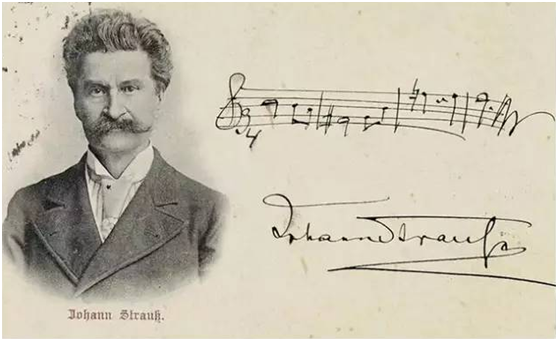

Music notation handwritten by Johann Strauss Jr.
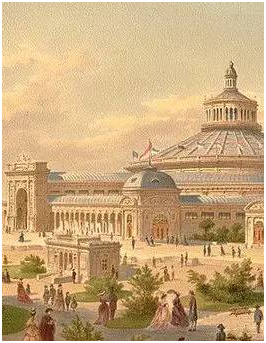

03
EXPO brought fame to the music
Johann Strauss Jr. became world-famous with the Blue Danube during the International Exposition of 1867. The premier concert performance of the Blue Danube was made on Feb. 15, 1867. Although it was acclaimed by local newspaper as having a “touching melody”, the response was lukewarm. The piece made a sensation internationally after it was rearranged into orchestral music and played during the Expo 1867 Paris. The wife of the Ambassador of France in Austria played an important role here.
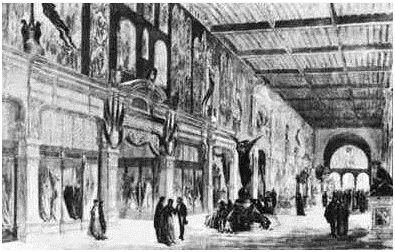

Inner scene of main pavilion of Expo 1867 Paris
When she learned that Johann Jr. would join Expo 1867 Paris, she felt that his music would integrate carefree mood of the Parisians with the cheerful spirit of the Viennese. Such integration might further lead to political alliance of Austria and France, in order to prevent Prussia led by Bismarck from uniting Germany. The ambassador wife applied for 160,000 francs from the Austrian government to start her diplomatic campaign with huge ballroom parties. Johann Strauss Jr. conducted the performance in front of Napoleon IIIand Queen Eugene. During that ball, people’s attention to his talent was not diverted by the presence of the king or the impressive scene.
Johann Jr. performed a lot of music that the audience were familiar with. Suddenly an unheard-of piece started very gently, and in the middle part there was a lively theme. Suddenly it turned into a familiar melody, streaming like water, undulating in the beautiful music. The piece was the waltz that became world-famous afterwards: the Blue Danube.
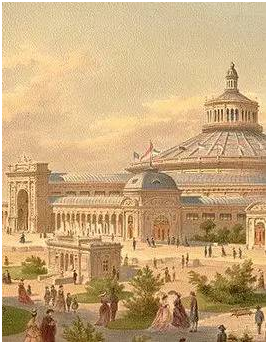

Expo 1873 Vienna
The successful performance of the Blue Danube was immediately known by the whole exposition. Johann Jr. was frequently invited to perform, and the Blue Danube almost became the theme music of that Expo. Six years later, during Expo 1873 Vienna, the Expoorganizers launched a series of concerts to create a music atmosphere, where the Blue Danube still played a dominant role.
